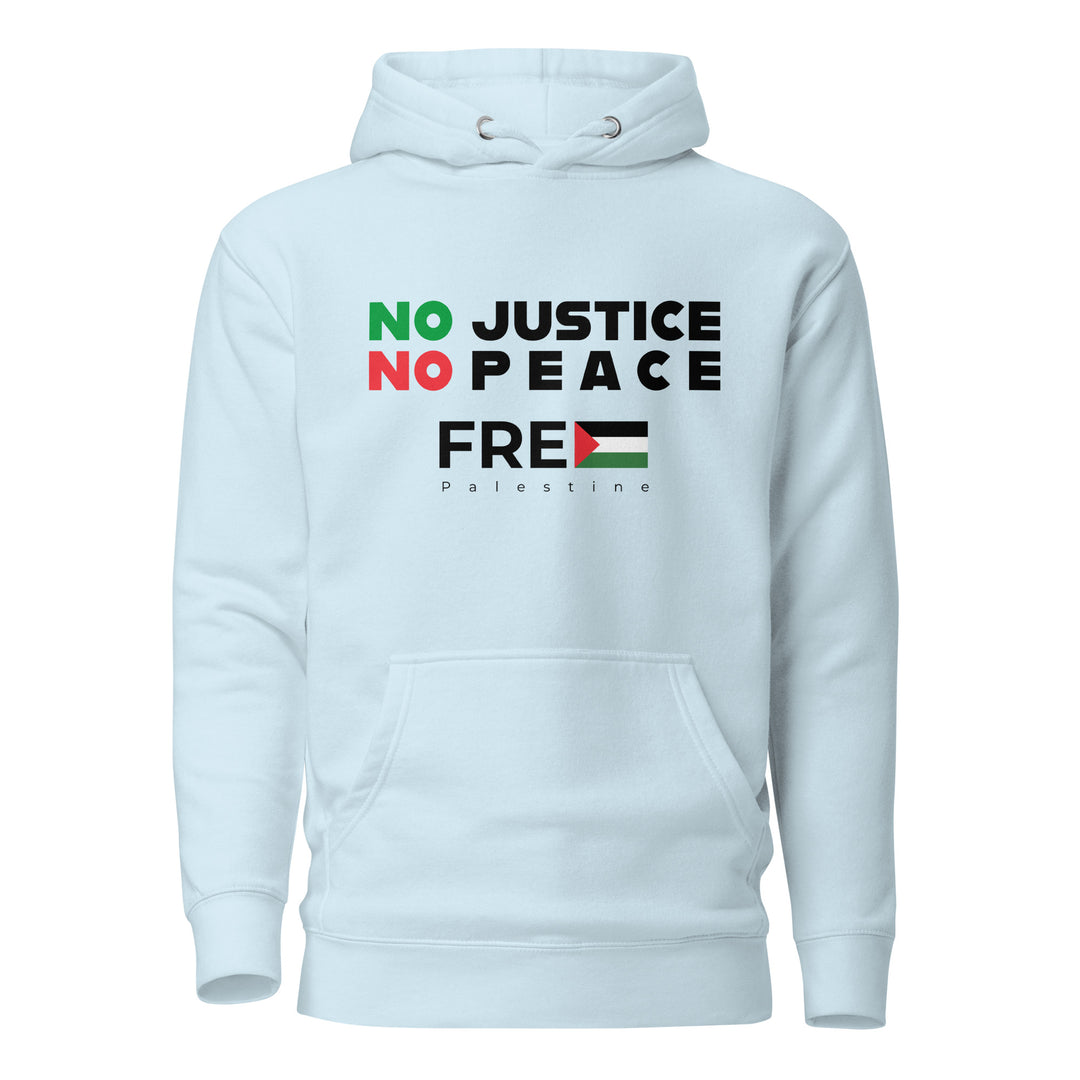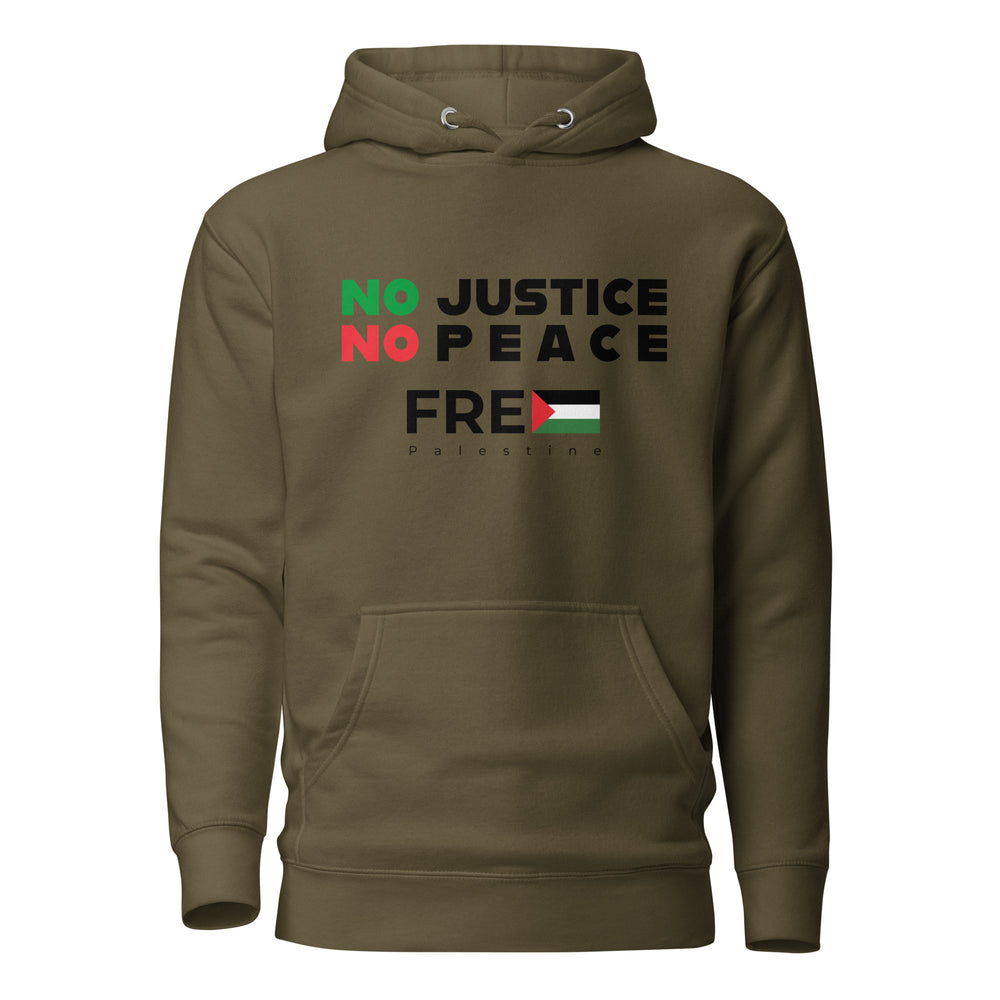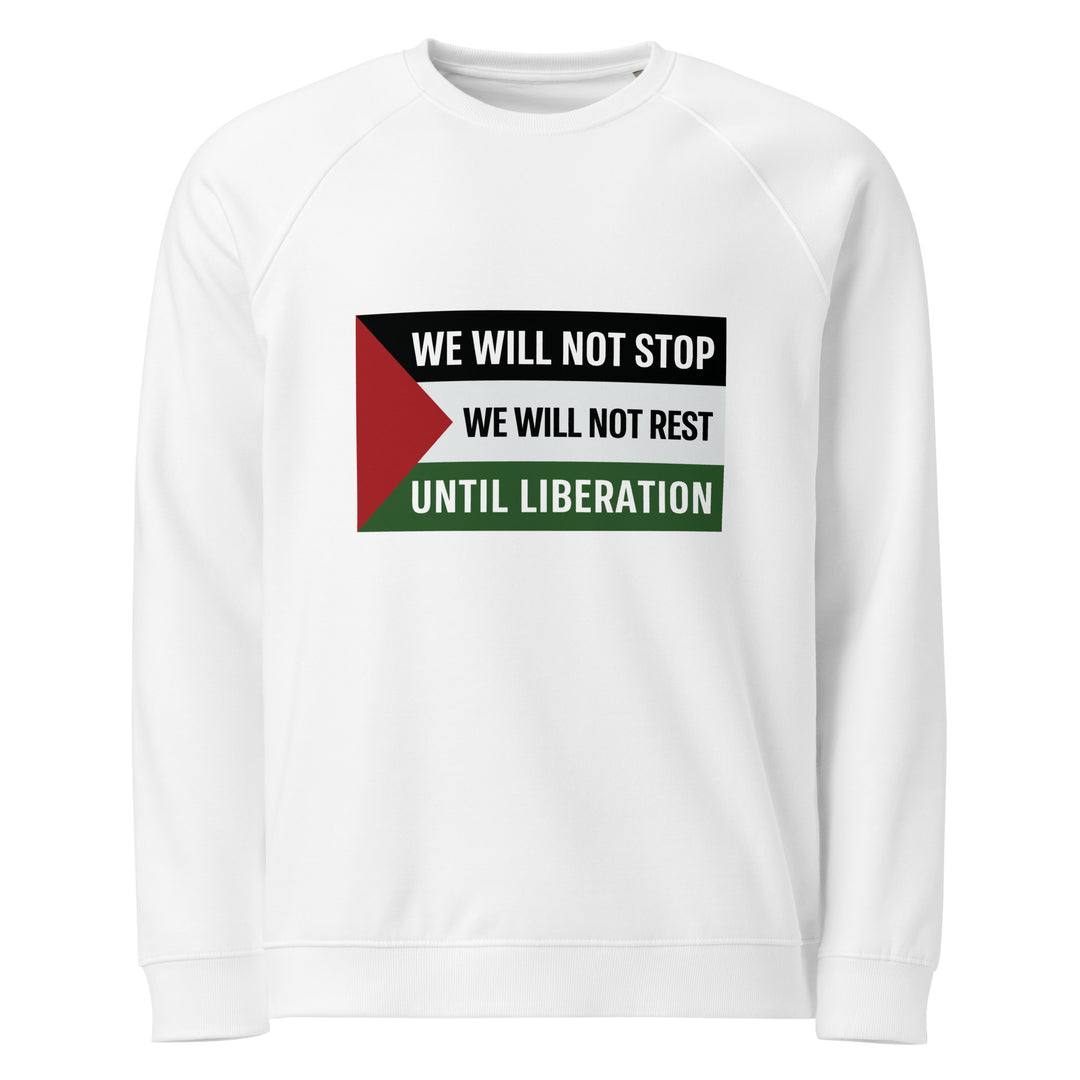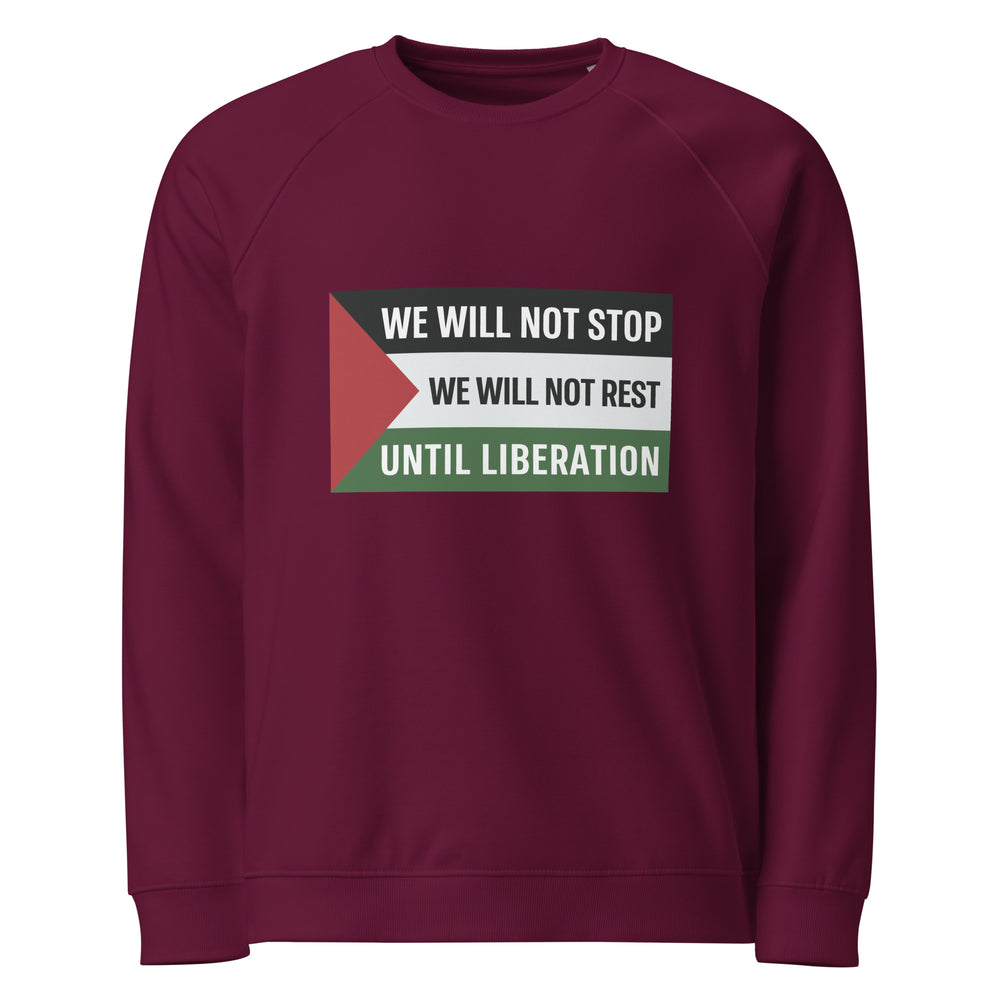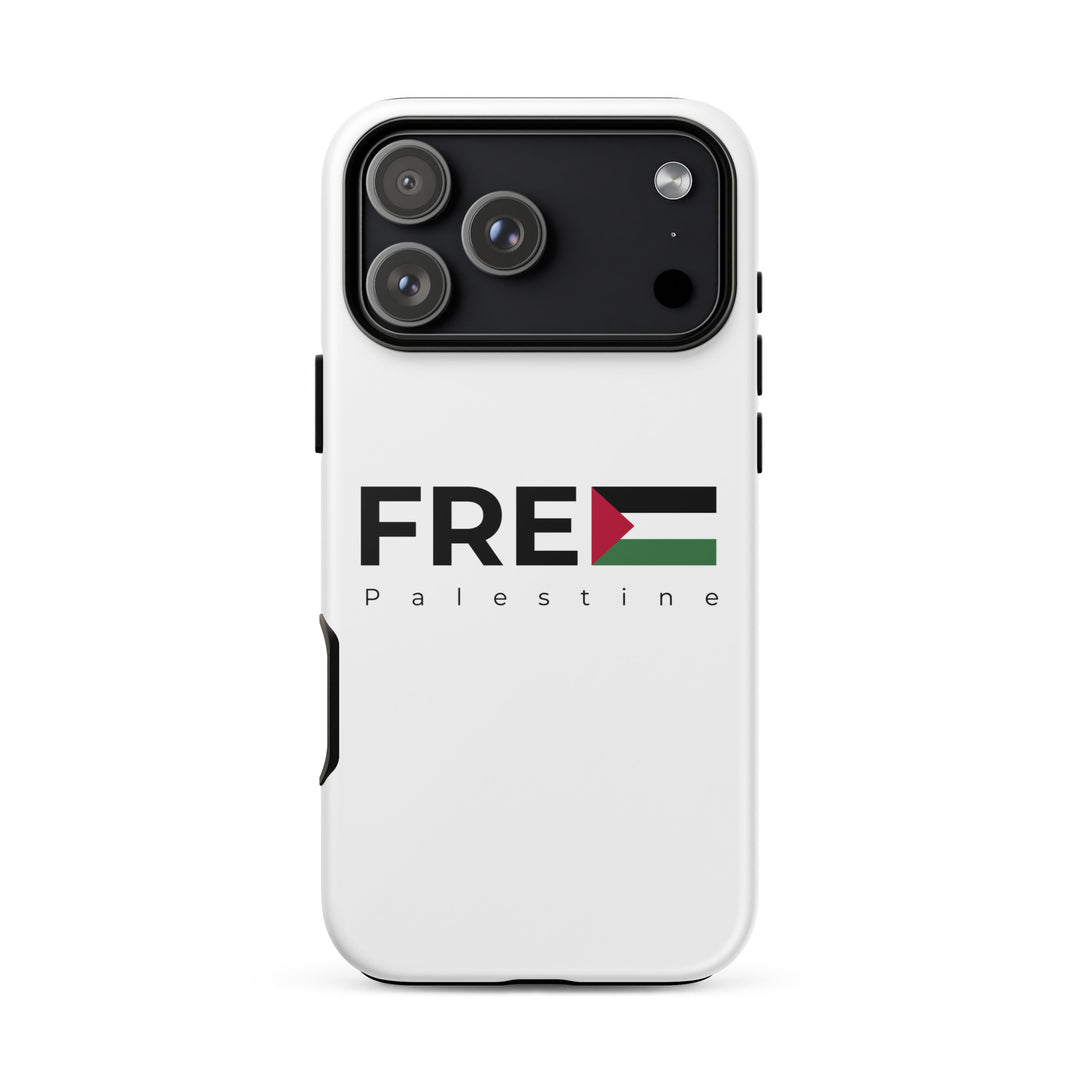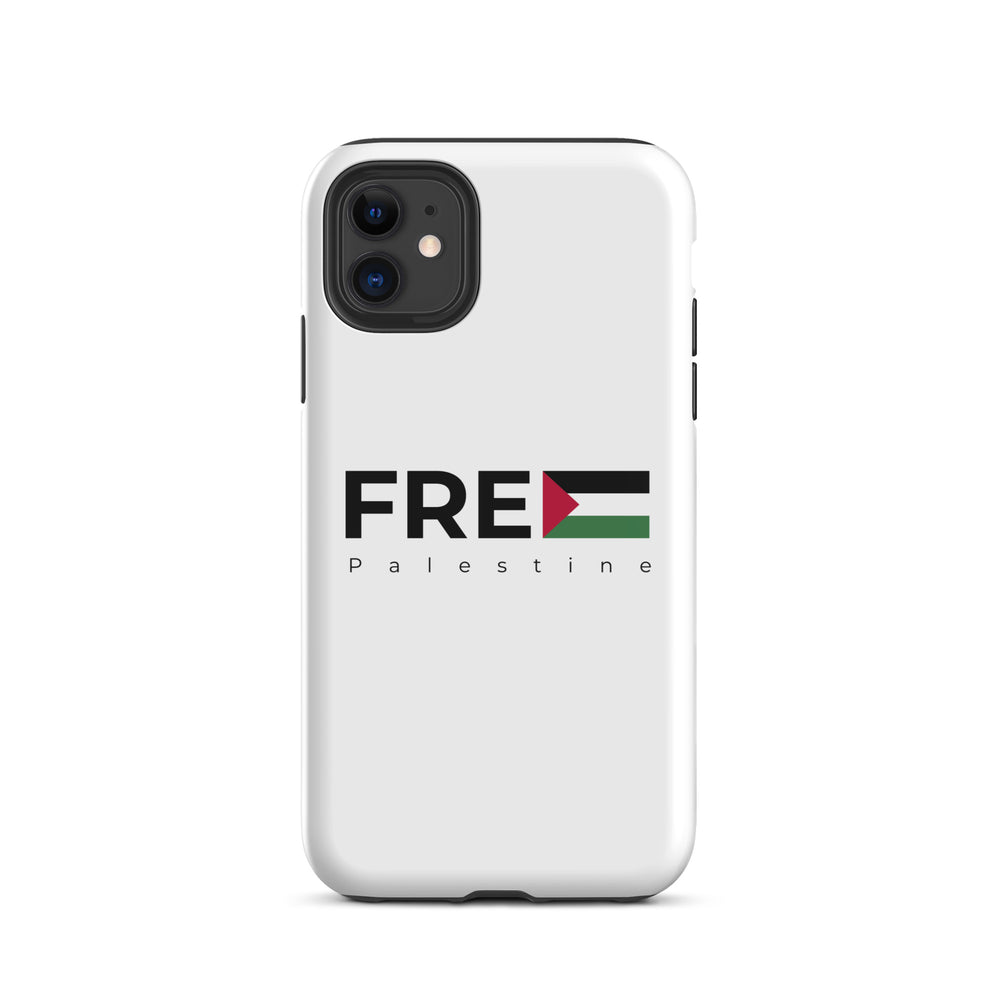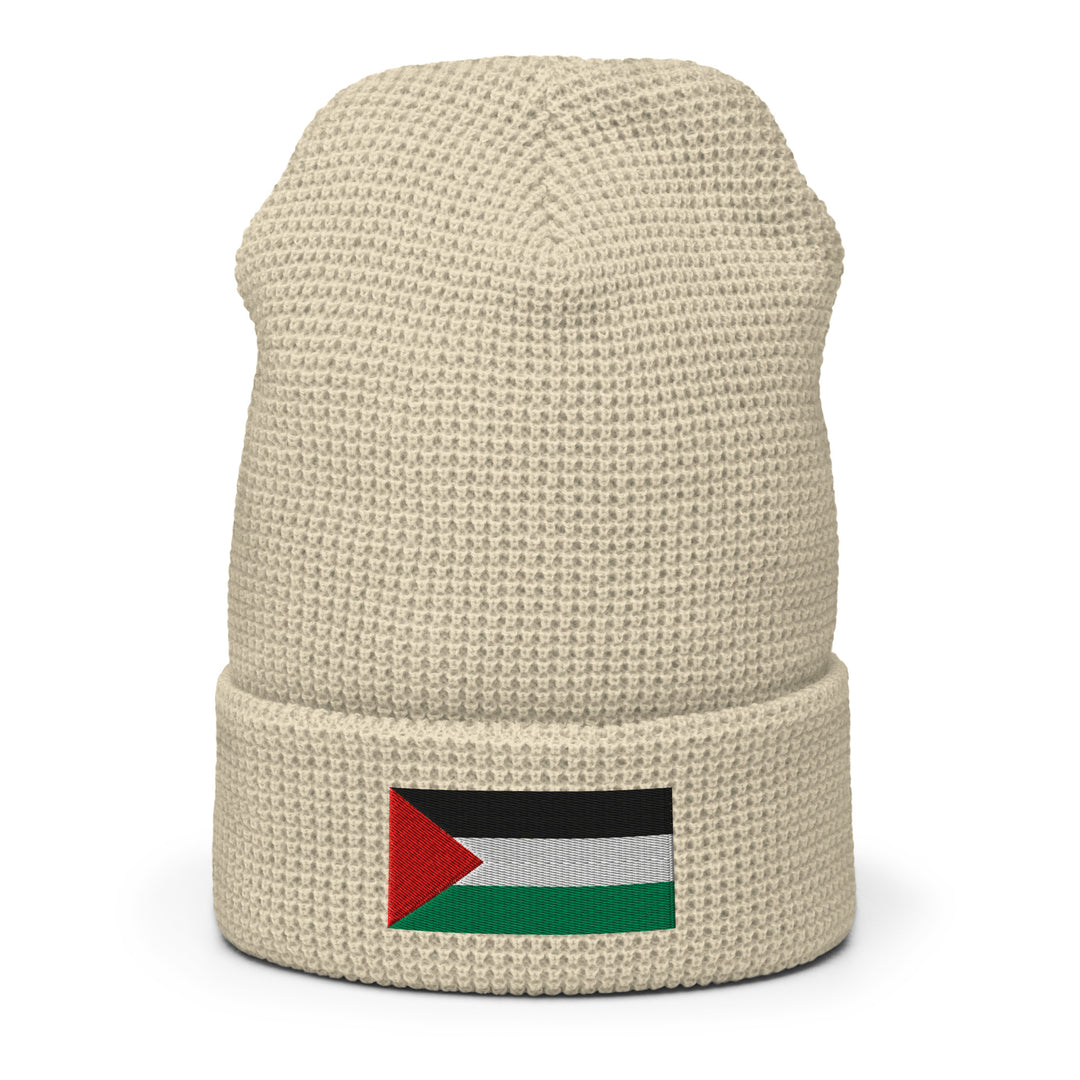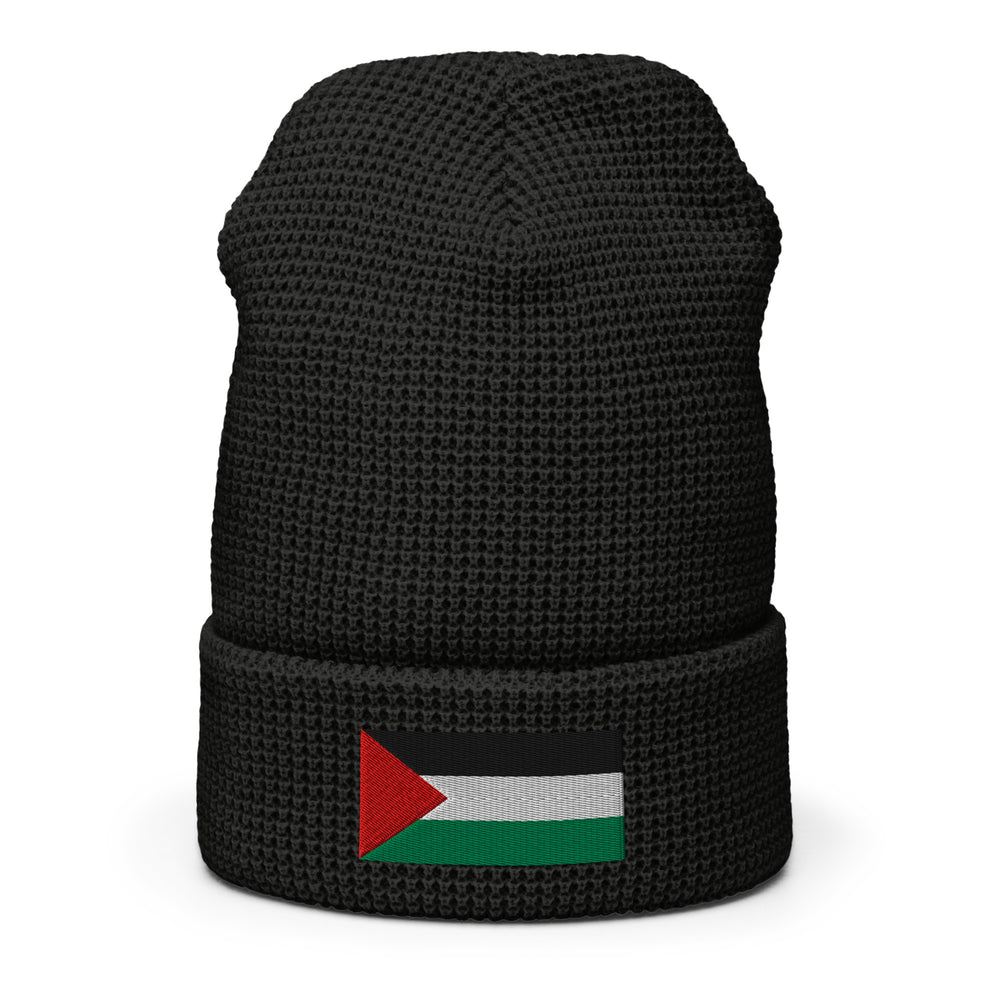United 4 Gaza: A Story of Solidarity, Strength, and Unwavering Hope
In cities across the world, a movement was growing. It wasn't born in boardrooms or government halls—it emerged from the streets, from the hearts of ordinary people who refused to look away. This is the story of United 4 Gaza, a testament to what happens when humanity chooses compassion over indifference.
The Beginning
It started with a single image that circulated online—a child in Gaza, eyes wide with a mixture of fear and resilience that no child should ever have to possess. Within hours, the image had traveled across continents, landing in the feeds of students in London, artists in New York, teachers in Berlin, and families in Sydney.
Sarah, a university student in Manchester, saw the image during her morning coffee. She couldn't shake it from her mind throughout her lectures. By evening, she'd created a simple social media post: "We can't stay silent. United 4 Gaza." She expected maybe a few dozen likes from friends. By morning, it had been shared thousands of times.
In Brooklyn, Marcus—a graphic designer who'd never considered himself an activist—saw Sarah's post. Something stirred in him. He stayed up all night creating artwork: bold, striking designs with the words "United 4 Gaza" emblazoned across images of olive branches and keys, symbols of Palestinian heritage and the right of return.
Across the ocean in Melbourne, Amira, a second-generation Palestinian Australian, woke to find her phone flooded with messages. Friends, colleagues, even acquaintances she hadn't spoken to in years were reaching out: "How can we help?" "What can we do?" "We stand with Gaza."
For the first time in her life, Amira didn't feel alone in her grief.
The Movement Takes Shape
Within weeks, United 4 Gaza had transformed from a hashtag into a global network. Organizers emerged naturally—people who simply couldn't sit still while others suffered. They coordinated protests, organized fundraisers, and created educational resources to help others understand the historical context of Gaza's struggle.
In London, thousands gathered in Trafalgar Square, a sea of Palestinian flags waving alongside signs reading "United 4 Gaza" and "Free Palestine." Among them was James, a retired teacher who'd never attended a protest in his seventy years. He stood beside his grandson, who wore a Free Palestine hoodie, and felt a sense of purpose he hadn't experienced in decades.
"Why are we here, Grandad?" his grandson asked.
James looked at the crowd—young and old, every ethnicity and background imaginable, all united by a common belief in justice. "Because, son, history will ask what we did when we saw injustice. And I want to be able to say we stood up."
Stories of Connection
The movement created unexpected connections. In a small town in Ireland, a local mosque and church came together to host a United 4 Gaza fundraiser. Father O'Brien and Imam Hassan stood side by side, addressing a packed community hall.
"This isn't about religion," Father O'Brien said. "It's about humanity. The people of Gaza are our brothers and sisters, and they need us."
The event raised enough money to fund medical supplies for three Gaza hospitals. But more importantly, it built bridges in a community that had been divided for generations.
In Toronto, a group of artists calling themselves "Creatives United 4 Gaza" transformed a warehouse into a gallery. Every piece—paintings, sculptures, photographs, digital art—told a story of Gaza. The proceeds went directly to humanitarian aid, but the real impact was in the conversations that filled the space.
People who'd never thought deeply about Palestine found themselves moved to tears by a painting of a Gaza sunset. They asked questions. They listened. They learned.
The Youth Lead the Way
Perhaps the most powerful aspect of United 4 Gaza was how it mobilized young people. On university campuses from California to Cairo, students organized teach-ins, sit-ins, and solidarity encampments.
Zara, a nineteen-year-old student at UCLA, helped organize a week-long awareness campaign. Every day, they set up displays showing different aspects of life in Gaza—the resilience, the culture, the daily struggles, and the unbreakable spirit of its people.
"People our age get it," Zara explained to a journalist. "We've grown up with social media. We can see what's happening in real-time. We can't unsee it, and we won't be silent about it. United 4 Gaza isn't just a slogan for us—it's a commitment to being on the right side of history."
Her classmate, David, who'd grown up in a conservative household that never discussed Middle Eastern politics, found his worldview completely transformed. "I used to think this was complicated," he admitted. "But then I realized—human rights aren't complicated. Children shouldn't live in fear. Families shouldn't be torn apart. It's actually pretty simple when you strip away all the political rhetoric."
The Power of Visibility
United 4 Gaza understood something crucial: visibility matters. Supporters wore their solidarity proudly—Free Palestine shirts at grocery stores, United 4 Gaza pins on backpacks, keffiyehs draped around shoulders at coffee shops.
Each visible symbol became a conversation starter. A woman in a Free Palestine hoodie at a bus stop found herself in a deep discussion with a stranger who'd been curious but afraid to ask questions. A teenager wearing a United 4 Gaza shirt to school inspired three of his classmates to research the issue and join him at the next demonstration.
The movement proved that sometimes the most radical act is simply refusing to hide your beliefs.
Facing Resistance
United 4 Gaza wasn't without its challenges. Social media platforms flagged and removed content. Peaceful protesters faced criticism and accusations. Event venues canceled bookings under pressure.
But for every obstacle, the movement found a way forward. When posts were deleted, supporters created new ones. When venues backed out, communities opened their homes and community centers. When mainstream media ignored them, they built their own media networks, sharing stories directly from Gaza to the world.
"They can try to silence us," said Layla, a organizer in Birmingham, "but you can't silence millions of people who've decided they care. United 4 Gaza isn't just about Gaza—it's about proving that ordinary people still have power when we come together."
Moments of Hope
Amid the struggle, there were moments of profound hope. A video call between a United 4 Gaza group in Seattle and a family in Gaza became one of the movement's most shared moments. Despite the devastation surrounding them, the family in Gaza smiled, thanked the supporters, and said, "Don't give up on us. Your voices matter. We hear you, even here."
There wasn't a dry eye in the Seattle community center that night.
In another instance, a young girl in Gaza drew a picture of children from around the world holding hands around her city. The caption, written in careful English, read: "United 4 Gaza = United 4 Peace." The image went viral, appearing on protest signs from Dublin to Jakarta.
The Long Road Ahead
Months into the movement, organizers gathered for a virtual summit. Faces from dozens of countries filled the screen—exhausted but determined.
"We're in this for the long haul," Sarah, whose post had helped spark the movement, reminded everyone. "Gaza's struggle didn't start recently, and it won't end quickly. But United 4 Gaza means we're committed—not just for a news cycle, but for as long as it takes."
The group discussed strategies: continuing education efforts, maintaining pressure on elected officials, supporting Palestinian businesses and artists, and most importantly, keeping Gaza visible in a world that often moves on too quickly.
A Movement, Not a Moment
United 4 Gaza evolved into something deeper than protests and hashtags. It became a global community bound by shared values—justice, dignity, and the fundamental belief that every life has equal worth.
Community centers hosted weekly solidarity gatherings. Book clubs read Palestinian authors. Film societies screened documentaries about Gaza. Schools invited Palestinian speakers. Artists continued creating work that kept the stories alive.
The movement understood that solidarity isn't a single action—it's a sustained commitment.
Personal Transformations
For many involved in United 4 Gaza, the experience changed them fundamentally.
Marcus, the Brooklyn designer, quit his corporate job to work full-time creating solidarity artwork. "I realized I couldn't spend my life selling products I don't believe in when I could use my skills for something that actually matters."
James, the retired teacher, started a weekly discussion group in his community, helping other older adults understand the issue and find ways to contribute.
Amira finally felt her identity as a Palestinian was something she could share openly, without fear or shame. "United 4 Gaza gave me my voice back," she said. "And it showed me I'm not alone."
The Story Continues
This story doesn't have an ending yet, because United 4 Gaza is still being written. Every day, new people join the movement. Every week, new actions are organized. Every month, the network of solidarity grows stronger.
In living rooms and lecture halls, on street corners and social media, in art galleries and community centers, people continue to declare: We are United 4 Gaza.
They wear their Free Palestine clothing as armor against apathy. They share stories as weapons against misinformation. They show up, again and again, as proof that compassion hasn't died in a cynical world.
The movement has taught millions a simple but powerful truth: we are not powerless. When we unite for justice, when we refuse to look away, when we stand together for those who suffer—we become part of something larger than ourselves.
Your Chapter in the Story
United 4 Gaza is more than a movement—it's a living story, and every supporter writes a new chapter. Whether you attend demonstrations, wear solidarity clothing, educate others, donate to humanitarian causes, or simply refuse to stay silent, you're part of this narrative.
The people of Gaza may be thousands of miles away, but through United 4 Gaza, they're connected to millions who see them, hear them, and stand with them.
This is the power of solidarity. This is the promise of collective action. This is United 4 Gaza.
The story continues. Will you be part of it?
Join the movement. Wear your solidarity. Share the stories. Stand with Gaza. Together, we are stronger than any force that tries to divide us.




















